Antique hobby apple orchard
16 years ago
Related Stories

EDIBLE GARDENSHow to Grow 10 Favorite Fruit Trees at Home
Plant a mini orchard in fall, winter or early spring to enjoy fresh-off-the-tree fruit the following year
Full Story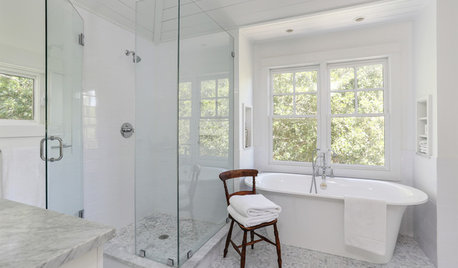
DECORATING GUIDESWarm Up Your Room With a Farmhouse Find
Milking stools, orchard ladders and farm tables add a rustic touch to contemporary, industrial and midcentury spaces
Full Story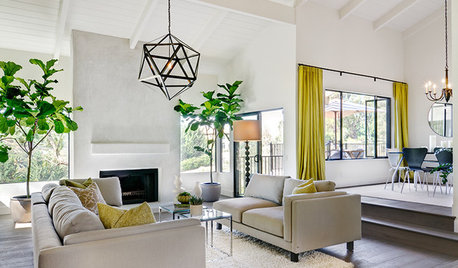
HOUZZ TOURSHouzz Tour: Modern and Traditional Tango in a Spanish-Style Ranch
From leaky and drab to revamped and fab, this Southern California home with its own orchard is more than ready for guests
Full Story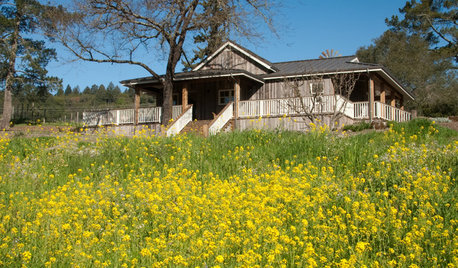
RUSTIC STYLEHouzz Tour: Farm Style Suits a Vineyard's Rolling Hills
Reclaimed barn wood, a restored windmill and orchard trees make this cottage in Sonoma Valley an idyllic weekend getaway
Full Story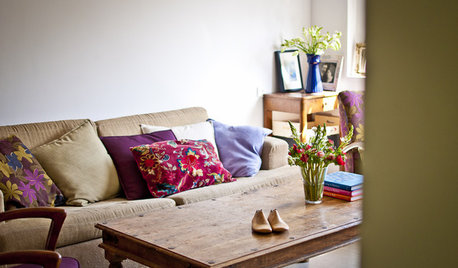
HOUZZ TOURSHouzz Tour: Eclectic Tel-Aviv Home Shows Creativity
An interior designer in Israel turns her first owned apartment into an expressive, personal home filled with collected treasures
Full Story
GARDENING FOR BUTTERFLIESA Quick-Start Guide to Bird-Watching for Fun and Learning
Set out some seed and grab your field guide. Bird-watching is an easy, entertaining and educational activity for the whole family
Full Story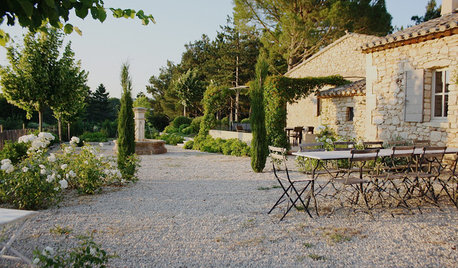
TRADITIONAL HOMESMy Houzz: A Centuries-Old French Estate Charms Again
Time and local artisans help a couple realize an idyllic French country retreat — and you can rent it
Full Story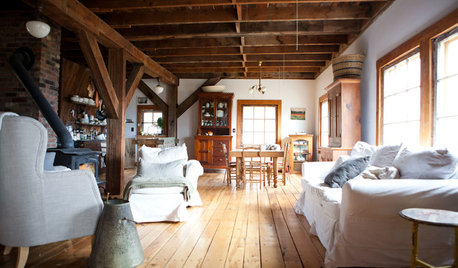
HOUZZ TOURSMy Houzz: Gentleness and Comfort for a Rustic Vermont Barn House
Handmade pieces and a wide-open view set the tone for a family's animal-friendly mountaintop home
Full Story
FURNITURE10 Secrets of Successful Secondhand Furniture Shopping
Design professionals offer tips on how, where and what to buy
Full StorySponsored
Central Ohio's Trusted Home Remodeler Specializing in Kitchens & Baths
More Discussions






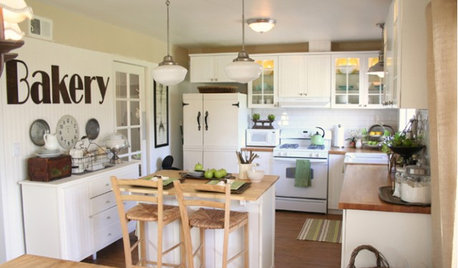


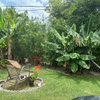
applenut_gw
altadenamara
Related Professionals
Allentown Landscape Architects & Landscape Designers · Elwood Landscape Architects & Landscape Designers · Glendora Landscape Architects & Landscape Designers · Rossville Landscape Architects & Landscape Designers · Paradise Landscape Architects & Landscape Designers · Milford Landscape Contractors · Springfield Landscape Contractors · Brownsville Landscape Contractors · Clearlake Landscape Contractors · Lakeville Landscape Contractors · Ocoee Landscape Contractors · View Park-Windsor Hills Landscape Contractors · Wethersfield Landscape Contractors · Wickliffe Landscape Contractors · Camp Springs Landscape ContractorsthomisOriginal Author
fruitnut Z7 4500ft SW TX
storkace
rigreening
applenut_gw
Scott F Smith
applenut_gw
fruitnut Z7 4500ft SW TX
rosefolly
thomisOriginal Author
rigreening
rosefolly
rosefolly